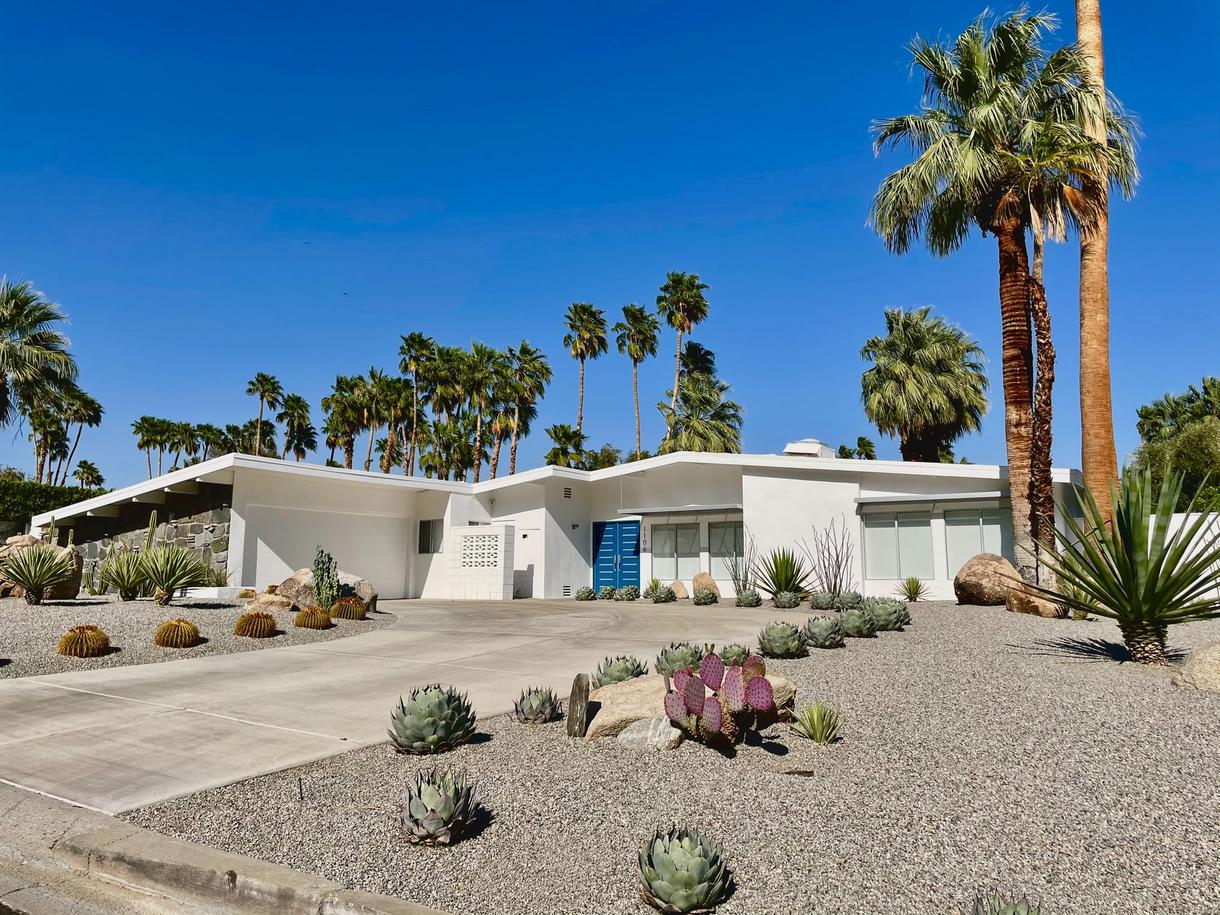
The Palm Springs housing market has always been a beacon of interest for investors, homebuyers, and real estate enthusiasts. With its iconic mid-century modern architecture, stunning desert landscapes, and year-round sunny weather, it’s no wonder that Palm Springs, Californian oasis continues to be a hot spot for the real estate industry. As we look towards the future, several trends and predictions are shaping the Palm Springs housing market, making it a fascinating subject for analysis.
Current State of the Palm Springs Housing Market
As of late 2023, the Palm Springs housing market is somewhat competitive, with homes receiving an average of one offer and selling around 52 days on the market. The median sale price of a home in Palm Springs was $595K last month, marking a 2.6% increase since the previous year. However, the median sale price per square foot has seen a slight decrease of 1.9%. These figures indicate a market that is still active and growing, albeit at a more measured pace than in previous years.
Predictions for the Palm Springs Housing Market
Looking ahead, experts predict a continued rise in the median home price in Palm Springs, with forecasts suggesting an increase up to $463,166 within the next year. Over the next five years, the predicted price of an average home in the Palm Springs area is expected to reach $512,838, which would represent a profit of around 14.07% for investors. This optimistic outlook is based on smart technical real estate market analysis and reflects the enduring appeal of Palm Springs as a residential and investment destination.
Factors Influencing the Palm Springs Housing Market
Several factors contribute to the dynamics of the Palm Springs housing. The city’s appeal to tourists and retirees ensures a steady demand for properties, particularly those offering luxury amenities and proximity to leisure activities like golf courses and spas. Additionally, the overall cost of living in Palm Springs is 20% higher than the national average, which can influence the types of properties that are in demand and their respective price points.
Challenges and Opportunities
Despite the positive forecast, the Palm Springs housing is not without its challenges. The rate of increasing prices is expected to slow down, reflecting trends in greater California and the rest of the country. This cooling period presents both challenges and opportunities. Sellers may need to adjust their expectations regarding the time it takes to sell their properties and the prices they can command. On the other hand, buyers might find more negotiating power and a wider selection of homes from which to choose.
Conclusion
The Palm Springs housing market remains a vibrant and evolving landscape. With its unique blend of natural beauty, architectural heritage, and luxury living, it continues to attract a diverse range of buyers and investors. While the market may experience fluctuations, the long-term outlook remains positive, with growth and profitability on the horizon. For those considering a foray into the Palm Springs real estate market, now is the time to keep a keen eye on trends and predictions to make informed decisions for the future.

